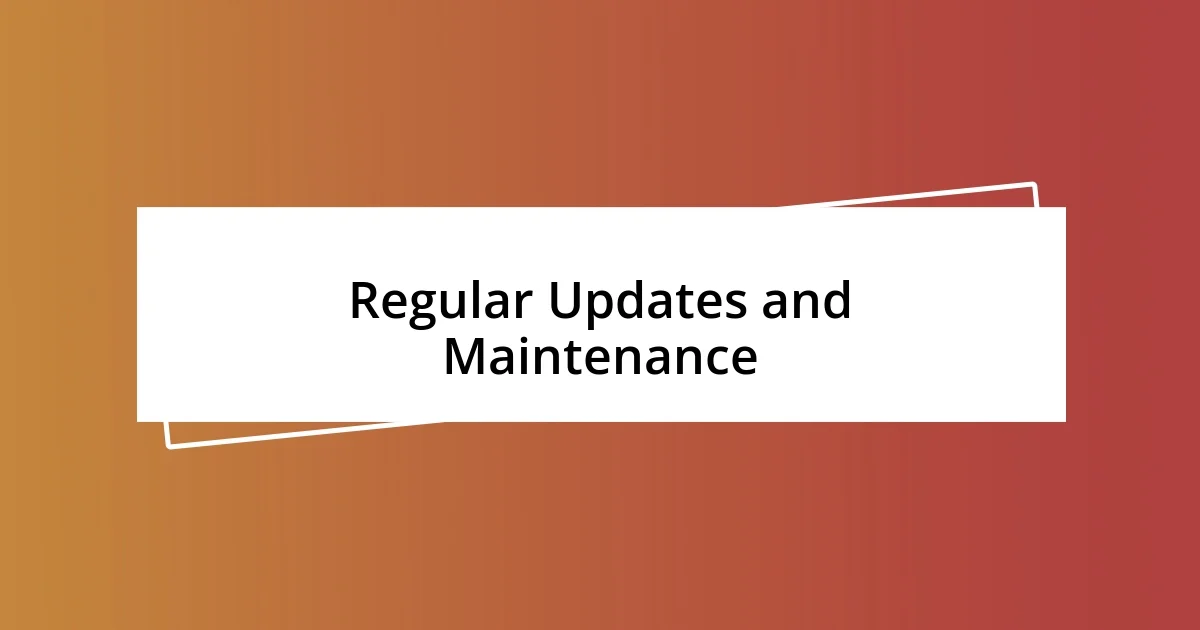Key takeaways:
- Implement essential security settings like two-factor authentication, automatic updates, and remote wipe to enhance device protection.
- Carefully choose security apps based on user reviews, developer reputation, and feature simplicity to ensure reliable protection.
- Safely dispose of old devices by performing a factory reset and using e-waste recycling programs to protect personal data and the environment.

Understanding Mobile Device Security
Mobile device security is an essential aspect of modern life that many of us often overlook. Reflecting on a time when my phone was almost hacked, I realized just how vulnerable we can be if we’re not proactive. Have you ever considered how much personal information sits unprotected on your device?
One of the critical components of mobile device security is understanding the applications you download. I remember the day I uninstalled a popular app after reading about its questionable data practices. That simple action gave me peace of mind, reinforcing my belief that the apps we trust should align with our expectations for security.
Another important area to consider is the use of strong, unique passwords. I tend to use a password manager, which has transformed how I approach my security. It makes me wonder, how many times have you reused passwords thinking, “It’s just one more thing to remember”? Emphasizing the importance of unique passwords can save us a lot of headaches down the line.

Essential Security Settings for Devices
To truly safeguard my devices, I’ve found that adjusting security settings is non-negotiable. For instance, I vividly recall the moment I enabled two-factor authentication on my accounts. The extra step of verifying my identity made me feel like I had a stronger fortress guarding my information. It’s remarkable how such a simple change can elevate your security game.
Here’s a list of essential security settings I always implement:
- Enable Two-Factor Authentication: Adds an extra layer of verification beyond just your password.
- Set Automatic Updates: Ensures you’re always protected with the latest security patches.
- Activate Screen Lock: Use a PIN, password, or biometric lock to secure your device.
- Limit App Permissions: Regularly check and adjust the access apps have to your data.
- Turn on Remote Wipe: This feature allows you to erase your data if your device is lost or stolen.
By taking these steps, I’ve gained confidence in my device’s security, knowing there’s a buffer between my personal information and potential threats. Each measure feels like a small victory in my ongoing quest for digital safety.

Choosing Reliable Security Apps
When I set out to choose reliable security apps for my mobile devices, I focused on a few key factors that truly matter. One of the first things I look for is the app’s reviews and ratings in app stores. I still remember the time I downloaded an app with a glowing rating, only to discover it had an overwhelming number of privacy complaints. It’s disheartening when something seemingly innocent poses a risk, so I now pay careful attention to user feedback before committing to a download.
Another critical aspect is the reputation of the developer. If I see that a security app is from a reputable company known for its security solutions, I feel much more confident in my choice. For instance, I once opted for a lesser-known app that promised to offer advanced features at low prices. It didn’t take long for me to realize that the price often reflects the quality and trustworthiness of security solutions; I ended up deleting it after a few unsettling experiences. It’s a reminder that not all apps are created equal.
Lastly, I prioritize apps that offer comprehensive features without overwhelming me with unnecessary complexity. I want to feel secure, not stressed. I’ve come across apps that over-complicate their interfaces, making their security features difficult to navigate. A user-friendly design is just as important as strong protection, ensuring I can easily manage my device’s security without second-guessing. It’s all about striking that perfect balance.
| Feature | Important Note |
|---|---|
| User Reviews | Check for red flags in user feedback. |
| Developer Reputation | Choose established companies with a history in security. |
| Feature Set | Prioritize ease of use for effective management. |

Best Practices for Public Wi-Fi
When I find myself in a coffee shop or an airport, I often remind myself to be cautious when connecting to public Wi-Fi. I learned this the hard way after my favorite café’s network left me vulnerable; I naively logged in to my banking app only to receive an alert days later about unauthorized access. That experience was a wake-up call, reminding me that a seemingly innocent connection could lead to significant consequences.
To minimize risks, I always use a VPN (Virtual Private Network) whenever I connect to public networks. I can’t emphasize enough how much peace of mind it brought me to know my data was encrypted and camouflaged from prying eyes. It’s like having an invisibility cloak for my online activities, making it much harder for hackers to intercept my information.
I also make it a habit to forget the network once I’m done using it. This might seem trivial, but it prevents my device from automatically reconnecting to the same potentially unsafe network in the future. It’s a simple step, but every little action counts, doesn’t it? Each of these practices not only protects my personal information but also empowers me, transforming what once felt like a risky endeavor into a manageable part of my daily routine.

Regular Updates and Maintenance
Regular updates are a non-negotiable part of my mobile device maintenance routine. I remember skipping an update once because I was too busy, thinking that it wouldn’t hurt to delay it. A few days later, I discovered that the update included crucial security patches that could have prevented a hacking attempt. The anxiety I felt was a potent reminder of how essential it is to stay current.
In my experience, enabling automatic updates has been a game changer. I used to forget to manually check for updates, and it always seemed to happen at the worst possible time—a system vulnerability getting exploited while I was blissfully unaware. Now, I just let my device handle it, and it saves me from the unnecessary stress of remembering to do it myself.
Another aspect of maintenance I’ve learned is the importance of clearing out app caches and unnecessary data regularly. I can’t tell you how liberating it feels to see my device’s performance improve after a simple clean-up. It’s like giving my phone a much-needed detox and helps ensure that everything runs smoothly. Plus, a well-maintained device feels less cluttered—not just in terms of storage, but also mentally. Have you ever felt the relief that comes from decluttering? It’s refreshing, both for my device and my peace of mind.

Recognizing Phishing and Scams
Recognizing phishing attempts has become one of my daily necessities. Just a few months back, I received an email that looked eerily legitimate, complete with company logos and a convincing message about updating my payment information. My heart raced as I clicked it, only to realize seconds later that it was a cleverly disguised scam. I felt a wave of relief when I closed the email, but it taught me that even the most authentic-looking messages can be traps. How often do we scan our inboxes without a second thought?
To spot these scams, I’ve learned to look for red flags. If something feels off—awkward wording or an unusual sender—I tread carefully. I even double-check links by hovering over them to reveal the actual URL. Once, I accidentally followed a link, only to be redirected to a spoofed site. That mistake felt unsettling, a reminder that vigilance is my best defense. I often ask myself, “Would this company really reach out like this?” If my gut says no, I usually trust that instinct.
Another tactic I’ve found helpful is maintaining a consistent routine for verifying communications. I regularly compare the details in suspicious messages with official announcements on company websites. One time, I received an urgent message from my bank claiming there was suspicious activity on my account. A quick visit to the bank’s official site calmed my nerves—it was just a phishing attempt designed to elicit panic. In those moments, I realize that patience truly pays off and can help me avoid a potentially costly mistake.

Safe Disposal of Old Devices
I’ve always believed that how you dispose of old devices can be just as critical as how you protect the ones you use daily. After upgrading my phone last year, I pondered the best way to part with my old device. I couldn’t shake off the anxiety of personal data lingering on it. It dawned on me—simply deleting files wouldn’t guarantee safety. I needed to take extra steps.
So, I took the time to perform a factory reset before letting it go. That action involved restoring the device to its original settings, wiping away personal data, apps, and accounts. It provided me some peace of mind. Have you ever felt that tension ease when you’re sure you’ve taken the right steps? I can tell you that doing this made it feel like I was genuinely saying goodbye, instead of leaving digital remnants behind.
Furthermore, I opted to recycle my old device responsibly rather than tossing it in the trash. I discovered local e-waste recycling programs that ensure proper handling of electronic devices. Not only did it feel good to know I was helping the environment, but it also empowered me to contribute to reducing harmful waste. It made me wonder—what better way to say goodbye to a device that had served me well than by ensuring it had a second life?














